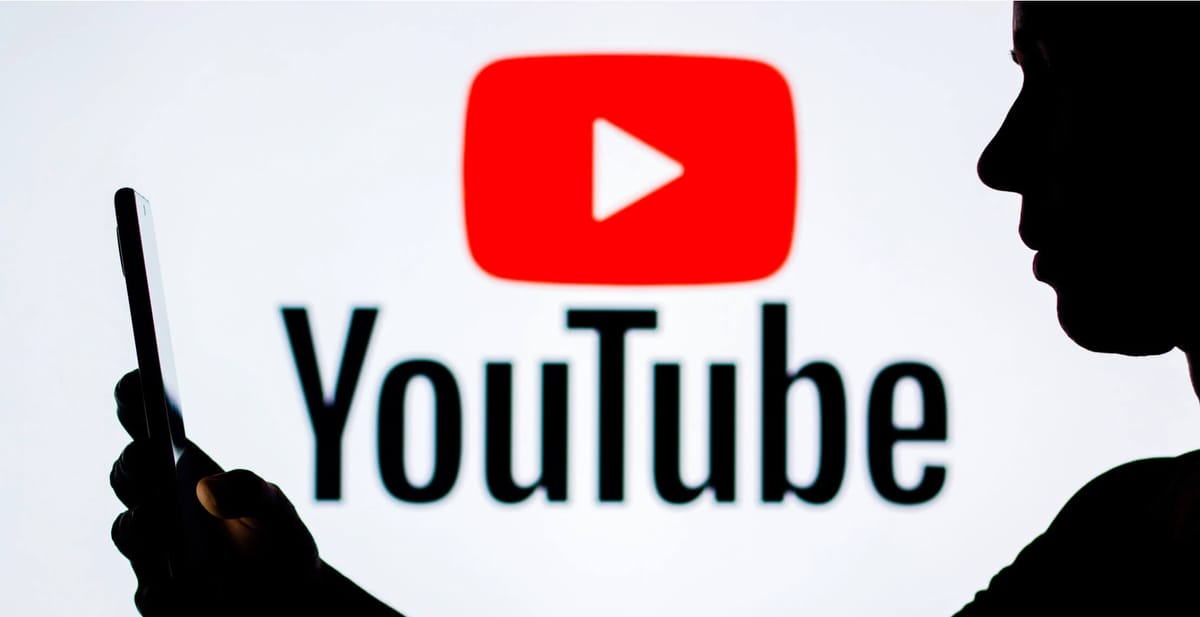
YouTube is developing a set of new tools aimed at giving creators more control over how their voice and image are used by others, particularly in the growing world of generative AI. The announcement reflects the platform’s ongoing efforts to safeguard creators while embracing the creative possibilities AI presents.
In its announcement, YouTube says that the new “likeness management” technology is designed to protect creators from having their voices or faces copied and used in AI-generated content without consent. This technology expands on YouTube’s existing Content ID system, which has been instrumental in managing copyright issues since 2007. Now, the platform is enhancing its capabilities to detect and manage AI-generated imitations of creators’ voices and faces, including synthetic singing.
A pilot program for synthetic-singing detection is planned for early next year, allowing creators to track and manage content that replicates their singing voices. Additionally, a similar tool is being developed to identify when a creator’s face is simulated with AI, giving actors, musicians, and other public figures more control over how their likeness is used.
“As AI evolves, we believe it should enhance human creativity, not replace it,” YouTube said in the announcement. The platform aims to develop guardrails that address growing concerns around AI misuse while amplifying creators’ work through responsible innovation.
YouTube also addressed the broader issue of AI training on platform content, acknowledging creators’ complaints about third-party companies using their material without permission or compensation. While details remain sparse, YouTube teased new solutions that will give creators more say over how their content might be used for AI training, with more information expected later this year.
These new tools are part of a broader push by YouTube to protect its creators and partners from unauthorized AI use. The platform has been at the forefront of content protection with its Content ID system, which processes billions of claims yearly and has generated substantial revenue for creators by managing reuse of their work.
As YouTube continues to refine these tools, the platform hopes to strike a balance between embracing AI’s creative potential and ensuring creators maintain control over their identity and output. With AI-generated content becoming more prevalent, YouTube’s new features aim to provide creators with the necessary tools to navigate this evolving landscape responsibly.

